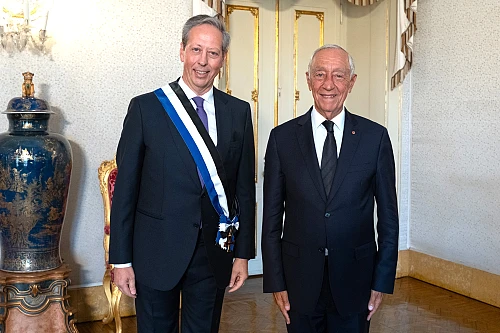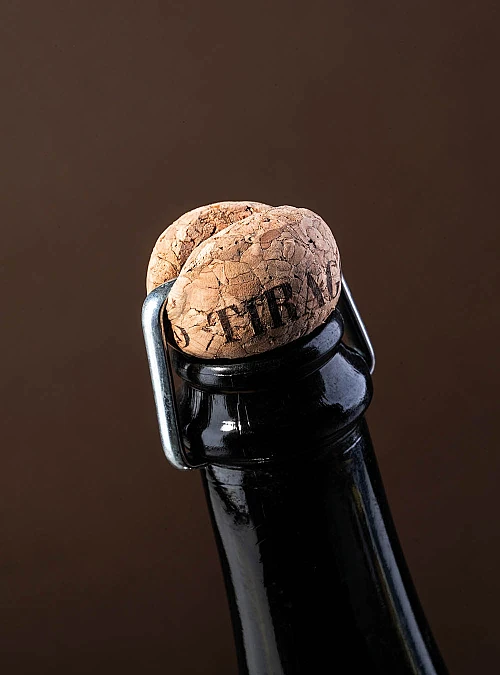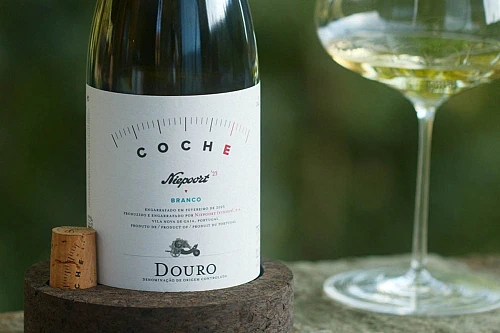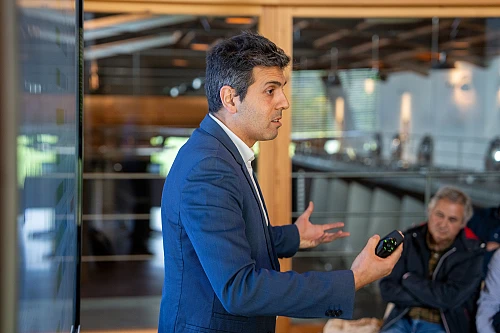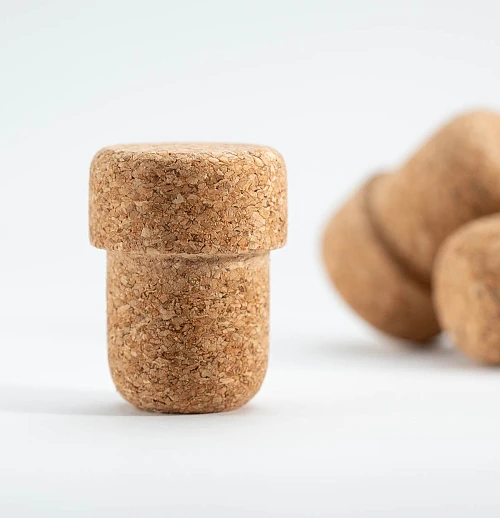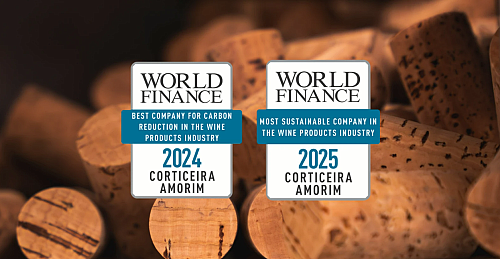- Media Center
- News
News Media Center
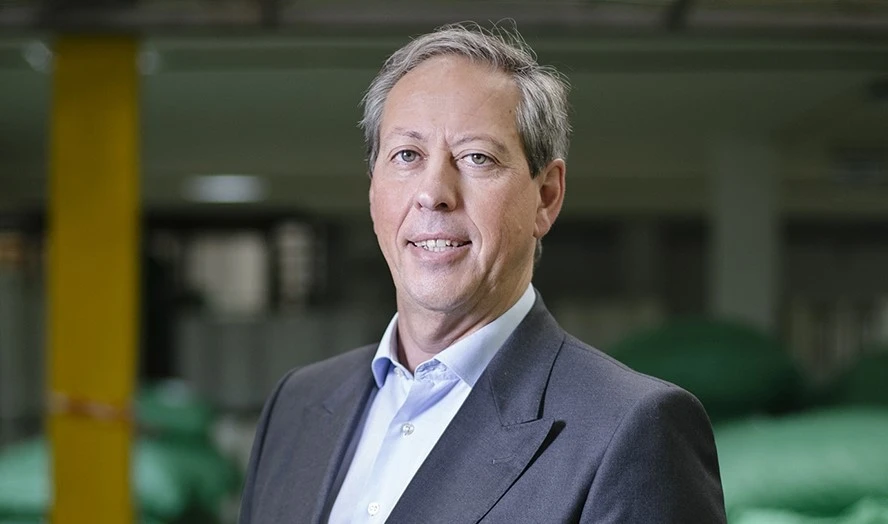
Interview with António Rios de Amorim
In an interview with Bark to Bottle, António Rios de Amorim, Chairman and CEO of Corticeira Amorim, talks about the latest developments in the interaction between cork and wine, the future of the Montado and the relevance of circular economy to the cork industry.
What are the benefits of cork stoppers for wine?
Cork clearly has three major benefits for wine: the first one is performance, as it allows the wine to evolve over time inside the bottle. This is clearly cork’s first major contribution; The second is about image: the premium image that a cork stopper offers to a bottle of wine; and the third reason why cork adds value is related to sustainability. In some situations, cork stoppers can reduce the carbon footprint of a bottle of wine by between 25 and 30%. This is very important in a world that aims to be increasingly sustainable.
What would you highlight about this interaction?
Cork cells are composed of 60 to 70% air, which means that when we squeeze the cork to enter the bottle, some of that air will be transferred into the bottle, allowing the wine to evolve over time. In fact, the main advantage of cork, apart from being a closure, is that it allows the wine to evolve and be kept in good conditions.
What new research has been conducted on the interaction between cork and wine, and what are the most important findings for winemakers?
Until four years ago, all Amorim’s research and development efforts were concentrated on addressing the negative characteristics of cork, such as TCA and variance. This has been our team’s primary focus for years, and we have accomplished this using best practices, technology, new products and new systems. Today, we have a more reliable product than ever to suit our consumers’ needs. But of course we also have to consider the other side of the closure, what it adds to the wine. In recent years our teams have observed how wine evolves with cork as opposed to other closures. We have a very clear understanding of the interaction between cork and wine, in order to provide a better product to the end consumer.
In a recent study we carried out with Champagne, we found that tirage (the second fermentation) using cork rather than an aluminium stopper provides a lot of advantages, a range of scents and, most importantly, a better taste to the wine. Some of the world’s best champagne brands are rapidly adopting cork tirage.
We must take advantage of this moment to state that the cork stopper can add value to wine. More than just a closure, it is an enological seal in its own right.
What are the main challenges in preserving the Montado?
This is a great challenge, because it takes a long time. That’s why Corticeira Amorim decided to take matters into its own hands, and we’ve bought 8,000 hectares of cork oak forest or areas that will be converted into cork oak forest. We have plans to preserve the existing forest and to increase cork production by planting cork oaks, trying to reduce the first harvest cycle from 25 to 10 or 15 years. We believe that by doing this, we may considerably higher CO2 capture and more cork available for future market growth. At the same time, we have R&D projects that will allow us to develop a clonal selection of plants and a different kind of forest management than we currently practise. We must protect the existing forest, while also developing expansion areas to facilitate the expected market growth.
What is the role of circular economy at Corticeira Amorim?
This is the very definition of our industry, that is, each process generates by- products that will be used in the next process. That is why Amorim makes more than just cork stoppers. Cork stoppers generate some waste, which is then used to make insulating products, rockets to launch satellites into space, and so on. In other words, the waste from one stage of the process becomes the raw material for the next. Nothing is discarded here; everything is useable, and we strive to create new value for cork as a raw material with each of these new applications.
António Rios de Amorim lays out a clear vision for the future of the cork industry, emphasising continual innovation and a commitment to sustainability. Discoveries regarding the interaction of cork and wine, the preservation of the Montado, and the integration of circular economy principles are all cornerstones that ensure the sector’s future success. Corticeira Amorim remains a revolutionary force, combining tradition and innovation in pursuit of a long-term positive impact for the industry and environment.
27
